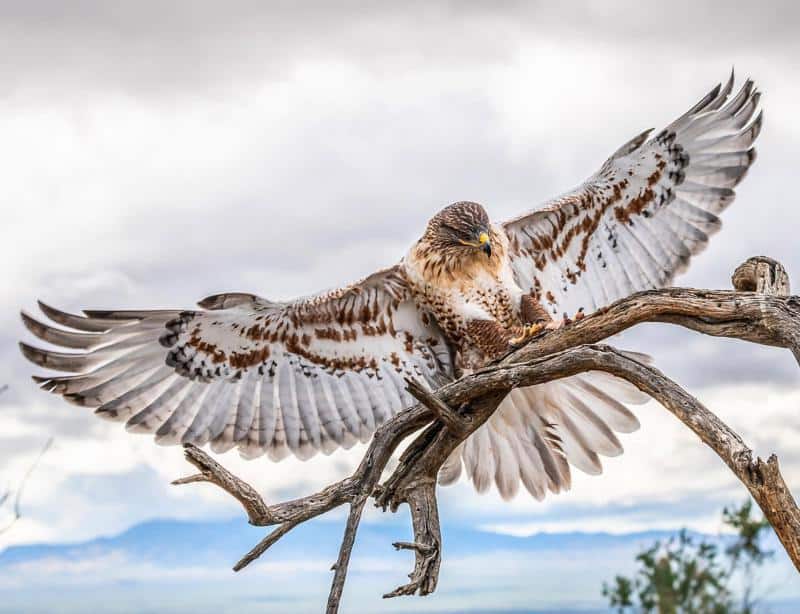Have you ever witnessed a breathtaking spectacle – a group of deer gracefully traversing a meadow, their antlers glinting in the sunlight? These majestic creatures, often seen in herds, evoke a sense of wonder and appreciation for the natural world. But have you ever wondered, what is a group of deer called? While “herd” might be the most familiar term, the language offers a fascinating array of collective nouns, each with its own subtle nuance.
Collective Nouns For Deer
While “herd” reigns supreme as the most widely used collective noun for deer, delving deeper reveals a treasure trove of alternative terms, each capturing a specific aspect of deer behavior or habitat:
- Herd: This term paints a picture of a large group of deer, typically grazing together in open areas like meadows or fields. It emphasizes the social nature of deer and their tendency to form cohesive groups for safety, foraging, and migration.
Here are some examples showcasing the use of “herd”:
A majestic herd of deer grazed peacefully in the golden light of dawn.
The farmer watched a nervous herd of deer flee the approaching storm.
The researchers studied the migration patterns of the deer herd through radio collars.
Drove: This term specifically refers to a group of deer that are being driven or herded by an external force, either human or animal. It often implies a sense of movement and direction, contrasting with the static grazing behavior depicted by “herd.”
Here are some examples using “drove”:
The rancher skillfully drove a drove of deer towards the designated pasture.
A pack of wolves chased the drove of deer through the dense forest.
The conservationists carefully guided the drove of deer to their new protected habitat.
Gang: This term evokes a sense of a smaller, loosely organized group of deer typically found roaming wild environments. It often implies a less structured social dynamic compared to a “herd.”
Here are some examples using “gang”:
A gang of deer emerged from the undergrowth, cautiously exploring the clearing.
The playful gang of deer chased each other through the fallen leaves.
The ranger observed a solitary deer rejoin its gang after a brief exploration.
Bevy: This term, typically associated with birds, can also be used to describe a smaller group of deer gathered together in a specific location. It suggests a sense of temporary congregation, often for purposes like resting or socializing.
Here are some examples using “bevy”:
- A bevy of deer huddled together for warmth under the shade of a large oak tree.
- The photographer patiently waited for the bevy of deer to emerge from the thicket.
- A bevy of deer fawned curiously at the sound of approaching footsteps.
Enchanting Facts About Deer
While understanding collective nouns enriches our vocabulary and appreciation for language, the world of deer offers a wealth of captivating facts:
- Global Residents: Deer are remarkably widespread, found on every continent except Antarctica. They have adapted to diverse habitats, ranging from lush forests to arid deserts.
- Herbivores at Heart: As herbivores, deer primarily feed on vegetation such as grass, leaves, and twigs. Their digestive system allows them to efficiently extract nutrients from these plant-based sources.
- Keen Senses: Deer possess exceptionally sharp senses of smell and hearing, allowing them to detect predators and navigate their environment effectively. These features play a crucial role in their survival in the wild.
- Speed Demons: Though typically known for their graceful movements, deer are surprisingly swift when threatened. They can sprint at speeds of up to 30 miles per hour, allowing them to outrun potential predators.
- Social Creatures: Despite occasional solitary behavior, deer are generally social animals and tend to live in small groups called herds. This social structure provides them with benefits such as increased vigilance, collective defense, and efficient foraging.
- Masters of Movement: Deer are agile creatures boasting impressive physical capabilities. They can swim across rivers and jump over obstacles up to 8 feet high, showcasing their remarkable athleticism.
Final Thoughts
Deer, with their diverse collective nouns and fascinating characteristics, captivate our imaginations and inspire a deeper connection with the natural world. Understanding the various terms used to describe groups of deer not only enriches our communication skills but also fosters a deeper appreciation for the complexities and nuances embedded within language. So, the next time you encounter these majestic creatures, remember the fascinating stories their collective nouns tell and marvel at the wonders they hold within their graceful forms.
Also Read:





